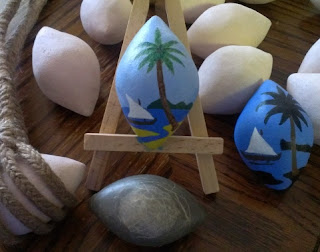When we moved to the Rocky Mountains we had to adjust our recipe to account for the high altitude. In the Chamorro spirit of giving, we want to share this delicacy with you all.
Tateyas are simple to make and this recipe will yield about a dozen 8 inch pieces of wonderful flat bread. They are good right off the griddle with melted butter and in the morning with coffee or tea.
INGREDIENTS:
6 Cups of All Purpose Flour
2 Table Spoons (TBS) of Baking Powder
9-12 TBS of Sugar
1/2 Cup of Butter (1 Stick)
1/2 Tea Spoon (Tsp) of Salt
1 14oz Can of Coconut Milk - GATA
- Thoroughly mix your dry ingredients in a large bowl.
- Melt the butter and whip with coconut milk.
- Slowly pour the milk and butter into the flour mixture and mix until you have a sticky dough. Add small amounts of flour if dough is too wet and sticky or milk (preferably condensed milk) if dough is too dry and crumbly.
- Kneed dough only until thoroughly blended. Do not kneed too much as your dough will be too dense. Dough should still be fluffy with a light consistancy.
- Cover the bowl of dough with a lightly damp dish cloth and let stand for about 30 minutes to rise.
- Pinch off small clumps and lighly roll making small three to four inch diameter balls of dough.
- On a floured surface, roll your tateyas thin and cook on a dry skillet on medium/high heat. We usually cook them on an electric griddle and set the temperature to about 350-370 degrees F.
- Cook them evenly on each side using a spatula to turn them over.
- When they are cooked, place them on a clean dish towel and cover. As each one cooks, place it on the stack. Covering the cooked tateyas will keep them warm and ensure that they are cooked thoroughly.
- Enjoy!












